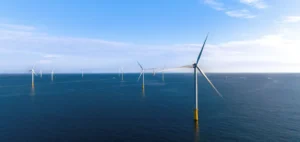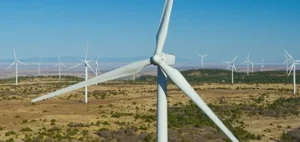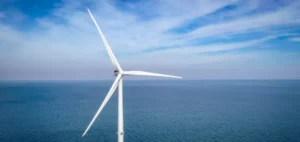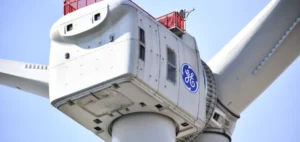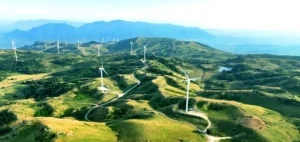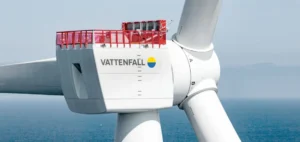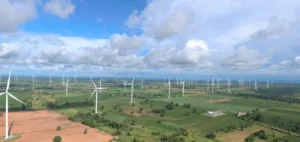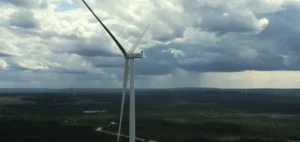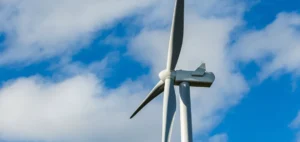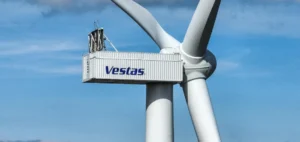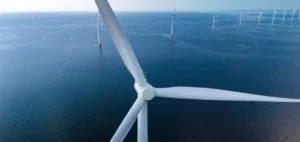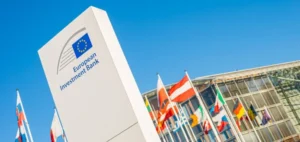Ørsted has concluded a major project financing for the Greater Changhua 2 offshore wind farm, located approximately 50 to 60 kilometres off the coast of Changhua County in Taiwan. This financing brings together a consortium of 25 banking institutions and five export credit agencies, for a total amount of $2.75bn, according to an official announcement from the Danish group.
International banking and institutional support
The Greater Changhua 2 project, with a total capacity of 632 MW, includes the Greater Changhua 2a sub-section, already operational, and Greater Changhua 2b, currently under construction with commissioning scheduled for late 2025. Ørsted structured the financing at the asset level, supported by guarantees issued by Export Finance Norway (Eksfin), Export and Investment Fund of Denmark (EIFO), Export-Import Bank of Korea (KEXIM), Export-Import Bank of the Republic of China (T-EXIM), and UK Export Finance (UKEF).
Trond Westlie, Chief Financial Officer of Ørsted Group, stated: “We have received very strong support from both international and local banks as well as export credit agencies. This financing demonstrates the market appetite for premium assets with robust contractual structures, and it confirms the progress of our partnerships and divestment programme.”
Divestment in preparation and strategic priorities
The transaction forms part of Ørsted’s asset divestment and partnership strategy, with the equity divestment process expected to be completed once the project is operational. Ørsted, which has historically raised funds at the group level, is leveraging its experience to structure tailored financing solutions for incoming partners on these types of assets.
The funds raised will support the construction of the Greater Changhua 2b phase and strengthen the group’s portfolio management. The transaction highlights Ørsted’s ability to attract institutional financing for offshore projects in Asia, within a demanding international market environment.
This achievement paves the way for new industrial partnerships in the Asian offshore wind sector. Trond Westlie, Chief Financial Officer of Ørsted Group, added: “This transaction is a major milestone in achieving our strategic priorities and in structuring international financing for our partners.”







